What to see in Tel Aviv
If you have already bought flight tickets to Tel Aviv, you made the right choice. The city has a great art scene, excellent beaches, and many historical buildings from its early days as a port city.
The White City
The White City is a UNESCO World Heritage Site, and it's easy to see why. This modernist neighborhood was built in the 1930s by German Jewish architects who fled Nazi Germany for Palestine. The buildings are all Bauhaus style, which means they're simple yet functional with clean lines and lots of glass (the White House was also designed around this time).
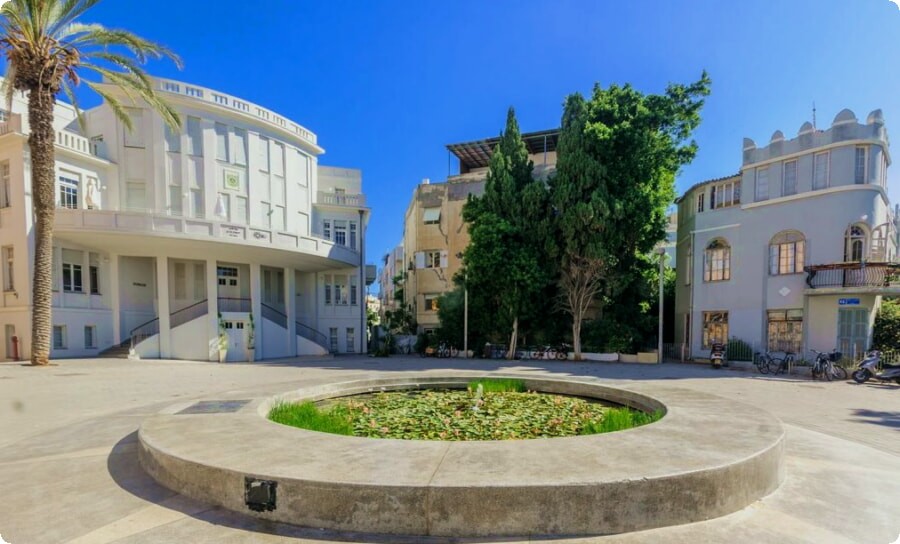
The streets are pedestrian only--you won't find cars here! There are shops, restaurants, galleries and museums throughout the area so you'll never get bored while exploring this fascinating neighborhood.
Tel Aviv Beaches
Tel Aviv's beaches are clean and safe, the water is warm and the sand soft. The city has several beaches which offer everything from tranquil isolation to lively crowds, but all of them share one thing in common: they're a great place to relax and enjoy the sun. If you're looking for something more than just sand and sea though, Tel Aviv also has a number of excellent restaurants right on its coastline where you can grab lunch or dinner before heading back into town for an evening out on the town.
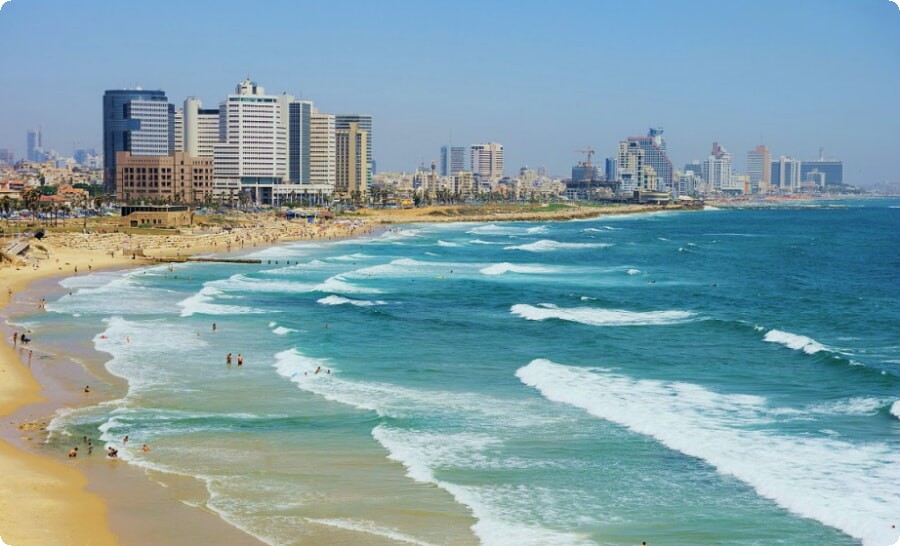
Yemenite Quarter
The Yemenite Quarter is a neighborhood in the center of Tel Aviv that is one of the oldest in the city. This area is very popular with tourists and locals alike because it has many shops, restaurants, museums and galleries. It's also home to many artists who live there because they can afford to rent apartments in this upscale area.

The Yemenite Quarter has been designated as an historic site by Israel's Ministry of Interior Affairs due to its importance during World War II when many Jews were forced out of their homes by Nazis who occupied much of Europe at that time (1939-1945).
Dizengoff Circle and Surrounds
The Dizengoff Circle is a roundabout in the center of Tel Aviv, Israel. It is named after the first mayor of Tel Aviv, Meir Dizengoff. It's considered to be the city's cultural and commercial center and also has an iconic status as an important landmark within Israeli culture and history.
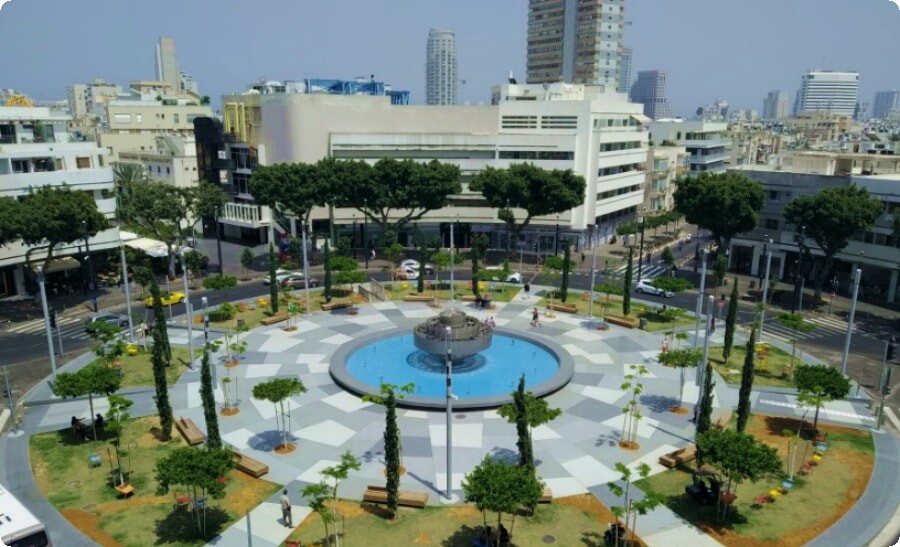
The area surrounding this roundabout has been developed into an upscale shopping district with many small boutiques lining its sidewalks along with cafes, restaurants and nightclubs.
Tel Aviv Museum of Art
The Tel Aviv Museum of Art was established in 1932 and is located at the edge of the city center. The museum has a large collection of art from all over the world, including paintings by Picasso and Matisse, sculptures by Rodin and Moore, photographs by Diane Arbus and Ansel Adams. The permanent exhibition includes works by artists such as Monet or van Gogh as well as Israeli artists such as Nahum Gutman and Moshe Castelnuovo-Tedesco (1895-1968).
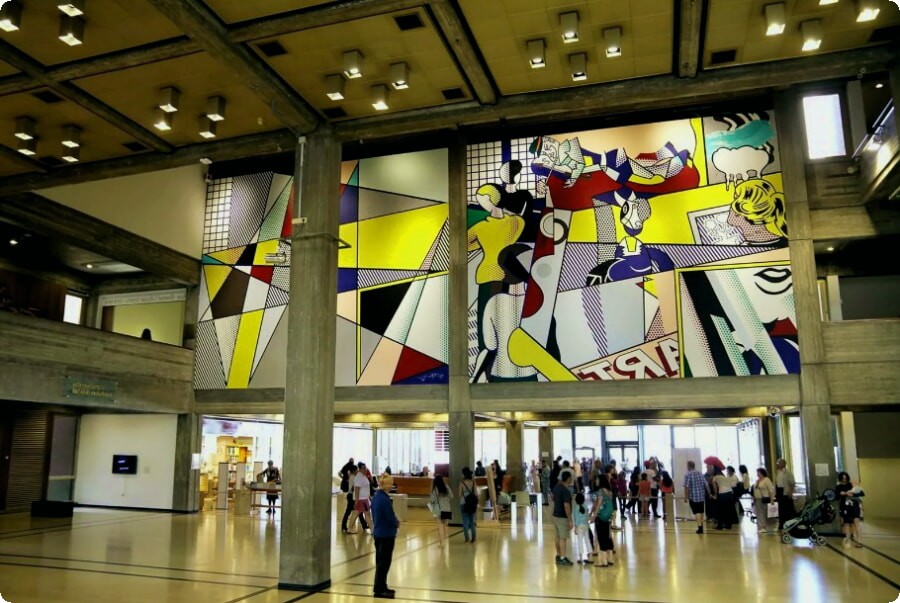
The sculpture garden contains more than 100 sculptures spread out over 2 hectares (5 acres). It includes pieces by Henry Moore who created "The Archer" here in 1964; Giacometti's "Woman Walking"; Rodin's "Balzac Leaning on His Elbow"; plus some new additions like Antony Gormley's "Angel II" (1993).
There's also a cafe on site where you can enjoy drinks while looking out over this beautiful sculpture garden!
Neve Tzedek Quarter
Neve Tzedek is a neighborhood in Tel Aviv, established in the late 19th century. It's the first neighborhood built outside Jaffa's walls and was founded by Jewish immigrants from Europe. Neve Tzedek means "Oasis of Justice" in Hebrew; it gets its name from an ancient spring that still flows today. The area was originally farmland but has since been developed into residential buildings and offices for artists, entrepreneurs and other professionals who want their own space within walking distance of downtown Tel Aviv but prefer not to live there full time (or at all).
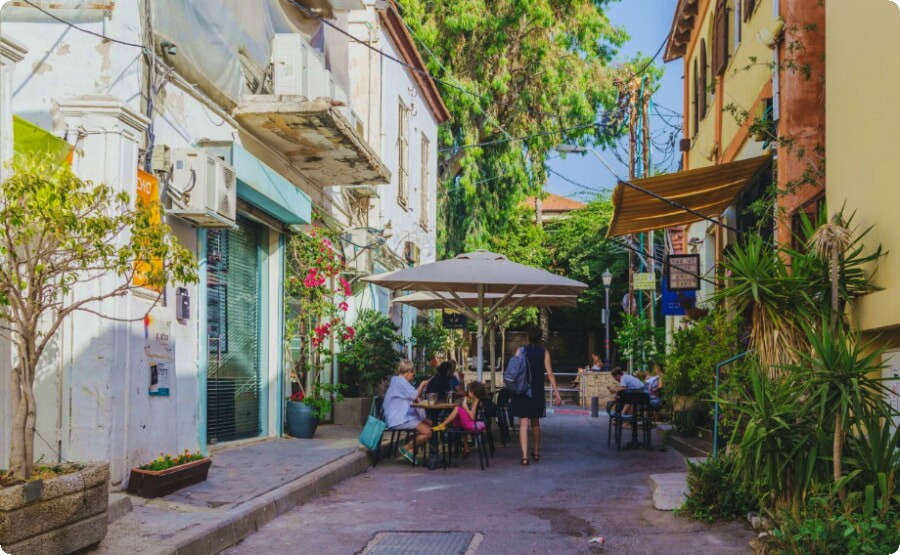
While you're here take a stroll along Rothschild Boulevard which runs through Neve Tzedek on its way into town; this street has been called one of Israel's most beautiful streets due to its many trees and charming architecture! You'll also see plenty of cafés where you can stop off for coffee while exploring this unique neighborhood.
Bialik Street
Bialik Street is a street in Tel Aviv, Israel. It is the main street of the Neve Tzedek neighborhood and was named after the Hebrew poet Hayim Nahman Bialik. The street was built during Ottoman rule over Palestine and served as an entrance to Jaffa's port area from Jerusalem. The first buildings were constructed there by Yemenite Jewish immigrants who began arriving in 1882.
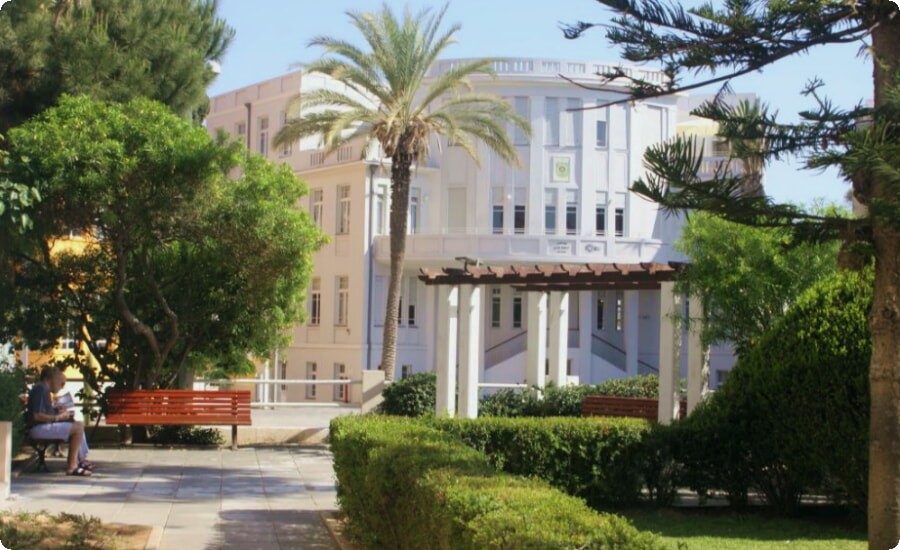
Today it remains one of the most popular streets in Tel Aviv with many shops, restaurants and cafes along its length.
Rothschild Boulevard
Rothschild Boulevard was named after the family who built it. It was originally designed as an elegant boulevard to connect Neveh Tzedek, which was then just a small town outside of Tel Aviv, with Jaffa Gate. Today it's one of the city's most popular streets and has been used in many films because of its beautiful architecture and layout.
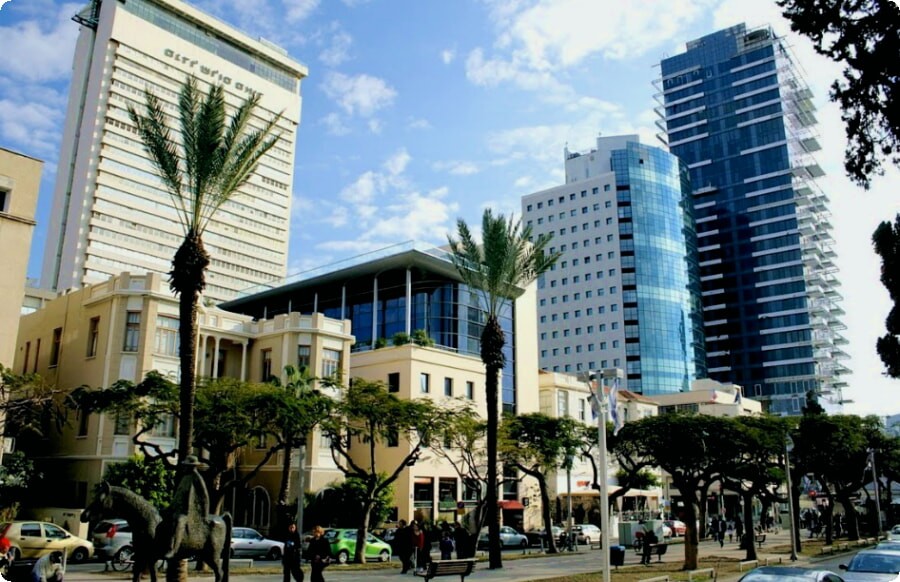
The restaurants and cafes along Rothschild Boulevard are some of my favorite places to eat or drink when I visit Tel Aviv! There are so many options: from shawarma stands (my favorite) to upscale restaurants where you can try dishes inspired by Mediterranean cuisine; from kosher falafel joints to vegan coffee shops; from gelato parlors serving ice cream made with local ingredients like pistachio nuts grown in Israel's Galilee region--you'll never get bored here!
This is the place to visit in Israel
Tel Aviv is the place to visit in Israel. It's lively and fun, but also has a lot of history and culture. If you're looking for things to do in Tel Aviv, this list will help you out!

The first thing to do when visiting Tel Aviv is definitely walk along its beachfront promenade. It's called "The Boardwalk," so named because it runs along the Mediterranean Sea as well as through parts of Jaffa (another neighborhood), which used to be an ancient port city with its own boardwalk until 1948 when Tel Aviv was established as Israel's capital city.

There are many museums here including: Israel Museum - home of Masada; Eretz Israel Museum - tells the story of Jewish people throughout history; Holon Children's Museum - fun interactive exhibits that teach kids about science & technology; Diaspora Heritage Center - examines Jewish presence around world since Biblical times.
We hope that you've enjoyed reading about the best things to see in Tel Aviv. We know it can be hard to choose just one place to visit when there are so many options, but if you're looking for something new and exciting then we recommend checking out the White City or Dizengoff Circle!
